What are the recommendations for preventive maintenance schedules for industrial boilers?
Industrial boilers are critical energy systems in manufacturing, power generation, and chemical processing facilities. Without proper preventive maintenance, these systems can experience efficiency loss, unplanned shutdowns, safety hazards, and expensive repairs. A structured maintenance schedule helps ensure your boiler runs safely, efficiently, and reliably, while extending equipment lifespan and complying with safety regulations.
A recommended preventive maintenance schedule for an industrial boiler should include daily checks (such as pressure and water levels), weekly and monthly inspections (such as blowdown and burner checks), and comprehensive quarterly, semi-annual, and annual maintenance activities. These tasks include cleaning, calibration, NDT testing, inspection of pressure parts, safety valves, fuel systems, and control panels. The specific frequency and scope depend on boiler type, fuel used, operating conditions, and local regulations.
Below is a general industry-standard preventive maintenance schedule you can customize to your facility.
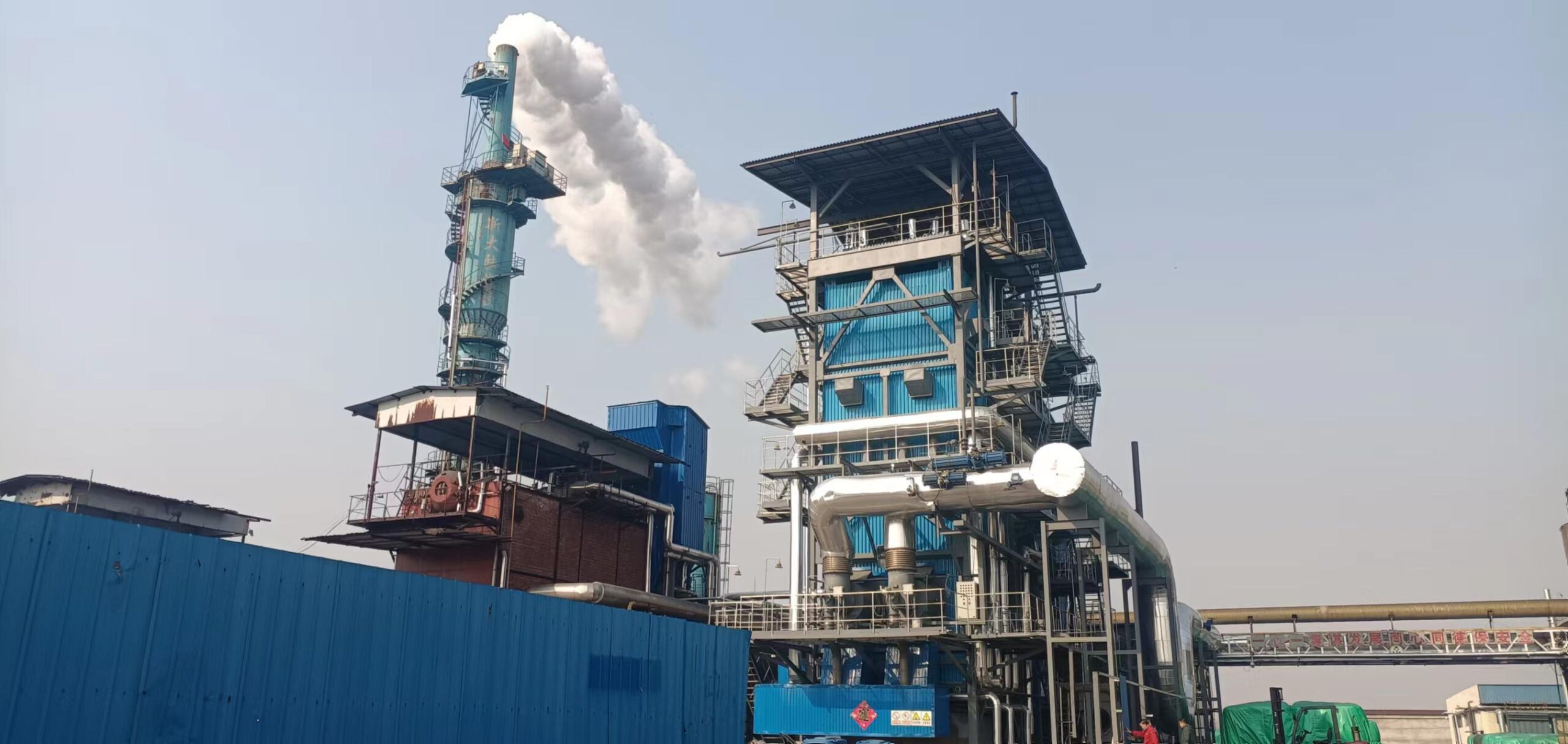
What Daily Checks Should Be Performed on Industrial Boiler Systems?
An industrial boiler is the heart of many process plants, hospitals, and energy systems. But even the most advanced boiler system can become a safety hazard or cost center if neglected. Daily checks are the first line of defense against leaks, low-water conditions, misfiring burners, and creeping efficiency losses. These checks are quick but critical—helping avoid unplanned shutdowns, safety incidents, or early component wear.
Daily boiler checks should include inspection of water levels, steam pressure, fuel supply pressure, burner flame quality, feedwater pump operation, blowdown systems, alarm and safety device functionality, and recordkeeping of readings. These checks verify that the boiler is running safely, efficiently, and within regulatory parameters every operating day.
Ignore the boiler today, and you’ll be fixing it tomorrow—or worse, replacing it early.
Daily inspections of industrial boilers are essential to maintain operational safety, reduce downtime, and detect early signs of malfunction or inefficiency.True
Routine visual and system checks on water levels, burner performance, and control signals help identify issues before they escalate into critical failures or hazardous events.
Industrial Boiler Daily Checklist: Key Areas to Monitor
| Check Point | What to Look For | Why It Matters |
|---|---|---|
| Water level | Is the sight glass in the normal range? | Low water = boiler rupture risk |
| Steam pressure | Stable at setpoint? Spikes? Drops? | Maintains process control & safety |
| Fuel supply | Adequate fuel pressure/flow | Prevent burner instability |
| Burner flame | Color, stability, sound | Yellow = poor mix; noisy = dirty nozzle |
| Feedwater pump | Operating smoothly? No cavitation? | Prevents dry firing and overheating |
| Condensate return | Backflow rate normal? | Indicates steam trap performance |
| Safety valves | Free from leaks or lifting? | Overpressure protection |
| Blowdown | Manual blowdown from bottom or skimmer | Removes sludge, prevents scale |
| Alarms and controls | No faults or overrides active | Prevents unsafe operation |
| Readings log | All key pressures and temps recorded | Trend analysis and compliance logs |
Example: Daily Log Template for Boiler Operators
| Parameter | Normal Range | Reading AM | Reading PM | Remarks |
|---|---|---|---|---|
| Steam pressure (bar) | 8.5 – 9.5 | 9.0 | 8.7 | Stable |
| Water level | Mid-glass | ✓ | ✓ | – |
| Fuel pressure (psi) | 80 – 100 | 95 | 98 | – |
| Stack temperature (°C) | 220 – 280 | 245 | 238 | Normal |
| Feedwater pump amps | 8 – 11 A | 9.2 | 9.5 | OK |
| Blowdown time | 10 sec | ✓ | ✓ | Manual at 10:00, 15:00 |
| Alarms status | No active | None | None | – |
| Visual leaks | None | None | None | – |
Operator Walkthrough: Morning Routine in <15 Minutes
Approach and Visual Inspection
Listen for abnormal noises (whining, rumbling, hissing)
Smell for gas or oil leaks
Check for puddles, soot, or insulation damage
Water Level & Gauge Glass
Confirm water at correct level
Test gauge glass by draining briefly (blowdown test)
Burner and Flame Check
Observe flame: blue (gas) or stable orange (oil)
Ensure modulating control is responsive
Look for short cycling or failure to ignite
Pressure and Temperature Readings
Record steam drum pressure
Check stack/flue gas temp
Note feedwater and return line temps
Pump and Blower Check
Ensure feedwater and combustion air fans are rotating smoothly
No excessive vibration or noise
Manual Bottom Blowdown
Open and close bottom blowdown valve for 5–10 seconds
Note color and pressure response of discharged water
Alarm Panel Review
Check for blinking lights, silenced alarms, override switches
Test interlocks if scheduled (e.g., low water cut-off weekly)
Why These Checks Matter: Real Risks from Skipped Inspection
| Missed Check | Potential Outcome |
|---|---|
| Water level | Boiler dry-fires, metal warps, explosion risk |
| Burner flame | Fuel-rich mix causes soot, fire hazard |
| Pressure control | Overpressure can trigger emergency venting |
| Condensate return | Trap failure = water hammer and heat loss |
| Blowdown | Scale buildup reduces heat transfer, increases fuel cost |
| Leaks | Silent pressure drop, fuel waste, wet insulation |
Case Study: Near-Miss in Pharmaceutical Steam Plant
Boiler: 10 TPH fire-tube, LPG-fired
Event: Intermittent burner flameouts
Finding:
Flame detector lens was dirty (wasn’t cleaned in daily routine)
Caused 4 shutdowns over 2 days
Impact: $37,000 in production downtime
Resolution:Added flame sensor cleaning to daily checklist
Logged combustion stability per shift
Summary
Daily boiler checks are the cheapest insurance your plant can buy. Just 10–15 minutes per day can catch issues before they cost thousands—or compromise safety. Look, listen, log, and respond. Train every operator to read more than just the gauges—read the signs of health or harm. Ask your boiler supplier for a customized checklist, audit template, and operator training guide. Choose vigilance that drives uptime. Choose routine that protects reliability. Choose boiler stewardship built one check at a time.
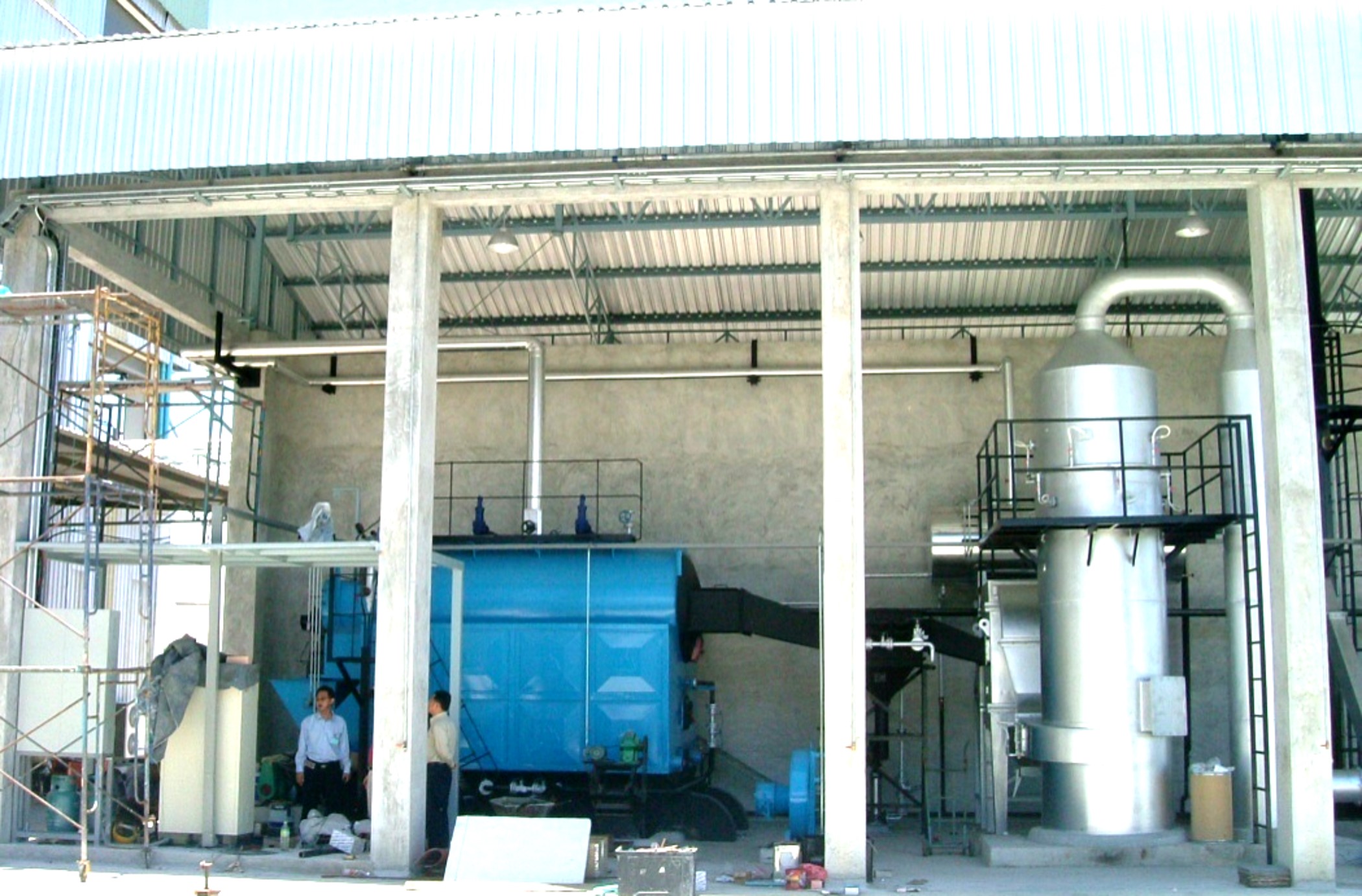
What Weekly and Monthly Tasks Are Essential for System Stability and Combustion Safety?
Industrial boilers run under high pressure and temperature, making regular maintenance essential—not just to keep them running, but to keep them safe. Skipping routine checks can lead to fuel waste, performance drops, or even dangerous accidents. That’s why suppliers and safety standards recommend clear weekly and monthly maintenance routines. These tasks are simple but critical for ensuring combustion safety and stable operation. Let’s break down what needs to be done—and why it matters.
Essential weekly tasks include checking fuel and air pressure, testing safety valves, and inspecting flame signals. Monthly tasks should include checking burner operation, cleaning sensors, and verifying combustion settings. These routines prevent breakdowns, improve efficiency, and protect workers from combustion hazards.
Doing these small tasks regularly helps detect problems early—before they lead to big failures. It also keeps your warranty valid and ensures your system passes safety inspections.
Routine checks of safety valves and flame sensors reduce the risk of combustion-related accidents.True
These components are critical to detect unsafe conditions and shut down the system before damage occurs.
Weekly & Monthly Checklist for Boiler Safety and Stability
| Task | Frequency | Purpose |
|---|---|---|
| Check fuel pressure | Weekly | Ensures stable combustion and prevents burner issues |
| Inspect flame signal and sensors | Weekly | Verifies flame presence and detects unsafe conditions |
| Test safety valves | Weekly | Confirms they open correctly under high pressure |
| Drain water from blowdown valve | Weekly | Removes sludge and prevents scale buildup |
| Check burner flame color | Weekly | Blue flame = good combustion; yellow = needs attention |
| Inspect burner ignition sequence | Monthly | Confirms proper startup and safe shutdown |
| Clean flame sensor and electrodes | Monthly | Maintains reliable flame detection |
| Calibrate combustion controls | Monthly | Keeps fuel-air ratio optimized for safety and savings |
| Lubricate moving parts (if required) | Monthly | Reduces wear and tear on mechanical components |
| Review alarm and fault history | Monthly | Tracks recurring issues and prevents future failures |
Tip: Use a printed or digital checklist so your team never misses a task. Sign and store logs for warranty and inspection purposes.
Keeping up with these small but vital tasks keeps your system reliable, energy-efficient, and—most importantly—safe for your team.
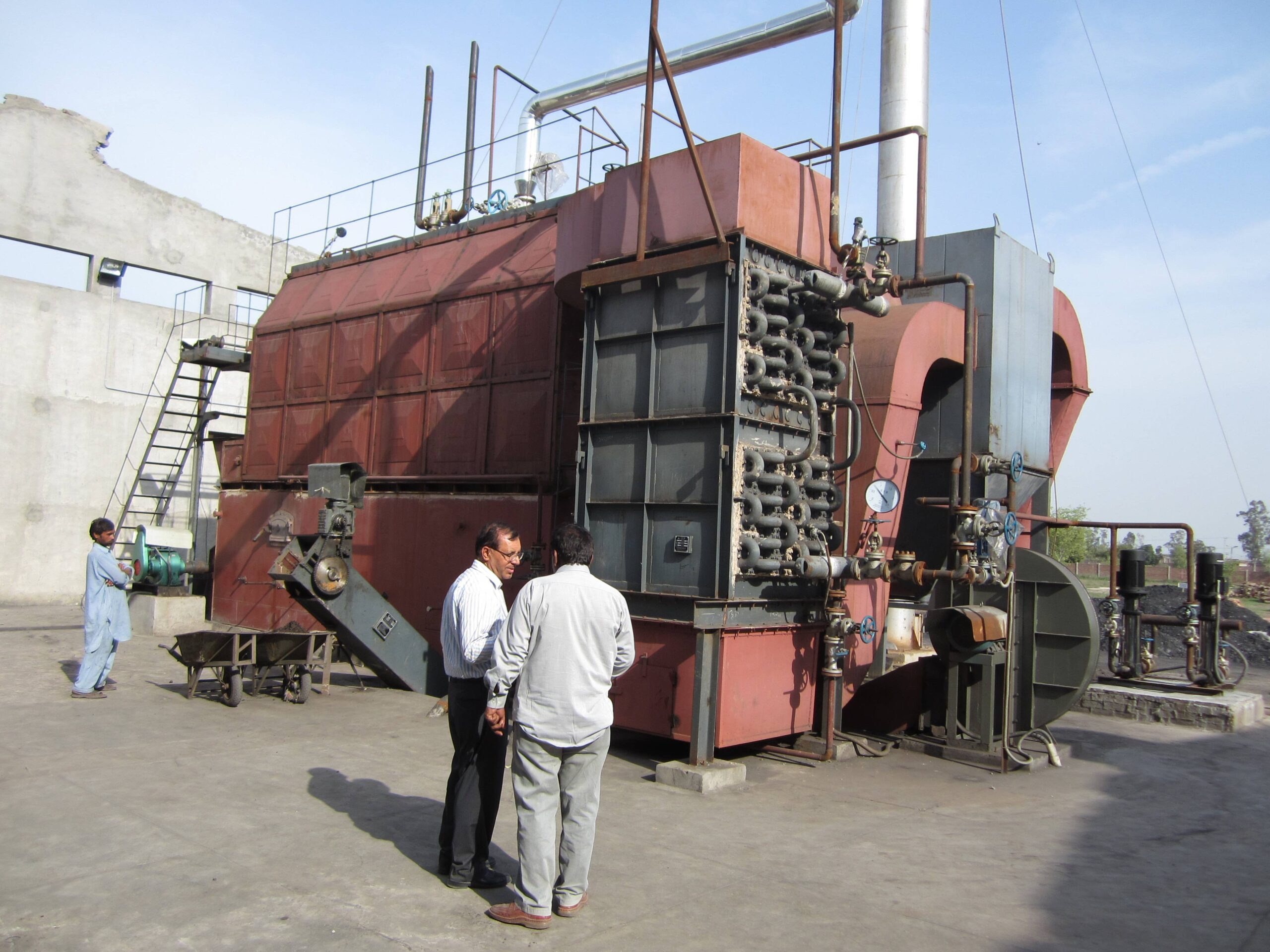
What Quarterly Inspections Are Recommended for Mechanical, Water, and Fuel Systems?
If you’re running an industrial boiler, minor issues can build up over time—and if left unchecked, they often lead to major breakdowns. That’s why quarterly inspections are critical. Every three months, your team should perform deeper checks on the mechanical, water, and fuel systems. These aren’t daily checks—they’re more detailed reviews that help catch hidden problems before they cause unplanned downtime or safety hazards. In this guide, we’ll show you exactly what should be inspected quarterly to keep your system running safely and efficiently.
Quarterly inspections for industrial boilers should include: (1) mechanical system checks like valve seals and vibration levels, (2) water system checks such as feedwater quality and tank integrity, and (3) fuel system checks including gas leak tests and burner alignment. These steps help prevent failures, improve efficiency, and support long-term safety.
Without quarterly inspections, issues like worn gaskets, fuel leaks, and dirty sensors can slowly reduce performance and raise risks. With them, you ensure your boiler runs like it should—safe, steady, and cost-effective.
Quarterly inspection of boiler fuel lines helps prevent leaks and combustion hazards.True
Fuel line inspections help detect early signs of corrosion, cracks, or loose fittings that could cause leaks or fire hazards.
Recommended Quarterly Inspection Tasks by System
| System Area | Inspection Task | Purpose |
|---|---|---|
| Mechanical | Inspect motor vibration and alignment | Prevents mechanical failure and uneven wear |
| Check all valve seals and gaskets | Detects leaks and aging components | |
| Test safety valve operation under controlled conditions | Confirms pressure protection still works | |
| Inspect fan belts, drive motors, and linkage wear | Ensures proper airflow and mechanical stability | |
| Water System | Test and record feedwater quality (TDS, pH, hardness) | Protects against scale, corrosion, and boiler damage |
| Clean or replace filters and strainers | Maintains clean water flow and protects components | |
| Inspect feedwater tank, pumps, and check valves | Ensures reliable water delivery to the boiler | |
| Verify level sensors and floats | Prevents low-water shutdown or overflow risks | |
| Fuel System | Inspect and test fuel lines for leaks or corrosion | Avoids fire or explosion risks |
| Check fuel pressure and regulator settings | Keeps combustion stable and efficient | |
| Inspect burner for soot buildup or misalignment | Reduces emissions and fuel waste | |
| Clean combustion head and flame detector | Ensures reliable ignition and flame monitoring |
Quick Tip: Use a quarterly inspection log and keep it signed by the technician. This helps with warranty claims, audits, and safety checks.
Performing these inspections every three months ensures that deeper wear, buildup, or hidden risks don’t lead to costly breakdowns or unsafe conditions. It also keeps your boiler working at top performance and helps meet legal and insurance requirements.

What Should Be Included in a Semi-Annual Boiler Performance and Safety Inspection?
Twice a year, every industrial boiler should go through a detailed inspection—not just for basic function, but to confirm overall performance and safety. Unlike weekly or monthly checks, a semi-annual inspection digs deeper into system health, energy efficiency, and risk factors. Skipping these inspections can lead to undetected damage, efficiency losses, or even major hazards. In this article, we’ll show you what a proper 6-month inspection should include so your boiler keeps running safely and efficiently.
A semi-annual boiler inspection should cover five key areas: (1) pressure and safety device testing, (2) combustion performance checks, (3) mechanical system review, (4) fuel and water system analysis, and (5) control system calibration. This ensures safe operation, energy savings, and early detection of faults.
These inspections are often required by insurance, safety regulators, and OEM warranties. Done right, they prevent shutdowns, save fuel, and extend equipment life.
Semi-annual boiler inspections help detect safety issues before they become critical.True
By checking safety valves, pressure controls, and combustion performance, these inspections reduce the risk of explosions, leaks, and failures.
Key Elements of a Semi-Annual Inspection
| Inspection Category | Specific Tasks |
|---|---|
| Safety Devices | Test safety valves, pressure switches, low-water cutoffs, and flame safeguard |
| Combustion Performance | Analyze flue gas (O₂, CO₂, CO), inspect burner settings, verify fuel-air ratio |
| Mechanical Systems | Check pumps, fans, valves, motors, and lubrication; inspect seals and alignments |
| Fuel and Water Systems | Inspect fuel lines, regulators, filters; test water quality and clean tanks |
| Control & Monitoring | Calibrate pressure and temperature sensors; review alarm logs and system settings |
What You Should Expect from the Inspection:
A full combustion analysis report
A written safety checklist signed by a certified technician
Recommendations for repairs, upgrades, or efficiency improvements
Updated documentation for insurance or compliance audits
Tip: Schedule this inspection during seasonal changeover (before heavy winter or summer usage) to prepare for peak demand.
Skipping semi-annual inspections puts your plant at risk for unseen problems, regulatory penalties, and rising energy bills. A detailed inspection gives peace of mind and keeps your boiler working safely and efficiently for years to come.
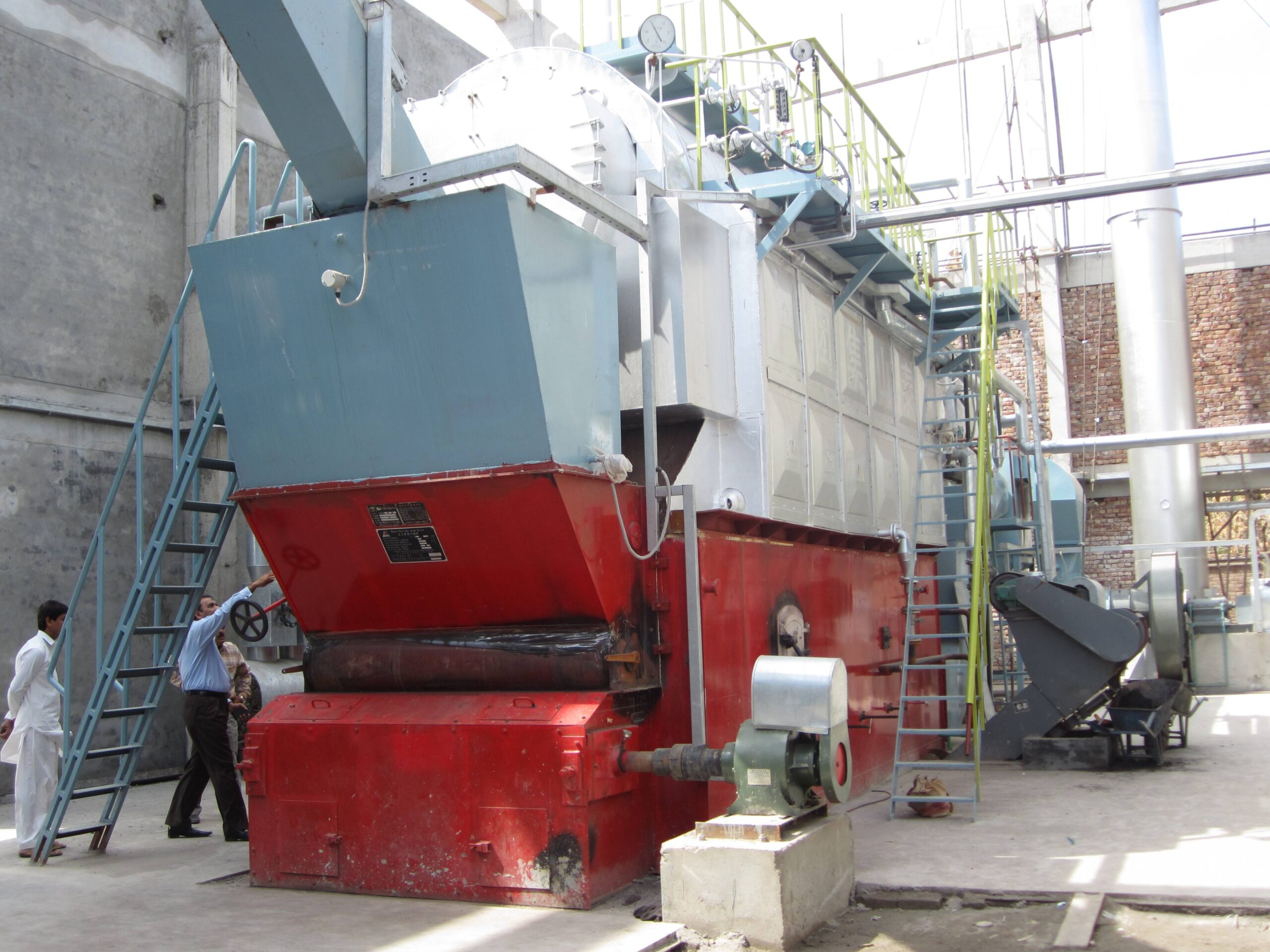
What Annual Maintenance Activities Should Be Scheduled for Code Compliance and Reliability?
Annual maintenance is not just a good practice—it’s often required by safety codes, insurance policies, and manufacturer warranties. If skipped or done poorly, it can lead to efficiency loss, legal penalties, safety hazards, or even total system failure. To ensure code compliance and keep your boiler reliable year after year, you need a well-planned, professional annual maintenance checklist. This article breaks down the essential yearly tasks that every industrial boiler owner or operator should schedule.
Annual boiler maintenance should include: (1) internal and external inspections, (2) safety valve and control device testing, (3) combustion efficiency checks, (4) cleaning of critical components, and (5) documentation for compliance. These activities ensure long-term reliability and meet safety regulations.
Without this annual service, even a healthy-looking boiler may develop dangerous faults or fail to meet code—resulting in fines, shutdowns, or invalidated insurance coverage.
Annual boiler maintenance is required to meet most local and national code standards.True
Regulatory bodies such as OSHA, ASME, and insurance firms require documented annual inspections and maintenance to ensure equipment safety and performance.
Annual Maintenance Activities Checklist
| Maintenance Category | Specific Annual Tasks |
|---|---|
| Visual & Internal Inspection | Inspect boiler shell, tubes, refractory lining, and casing for corrosion, scale, and cracks |
| Safety Systems | Remove, test, and reset pressure relief valves, flame safeguards, and low-water cutoffs |
| Combustion System | Test burner operation, inspect ignition electrodes, analyze flue gas emissions (O₂, CO₂, CO) |
| Water Treatment System | Flush and inspect deaerators, condensate tanks, and chemical feed systems |
| Mechanical Components | Service feedwater pumps, fans, drive belts, and lubricate bearings |
| Electrical & Controls | Calibrate pressure/temperature sensors, test alarms, verify control settings |
| Documentation | Record inspection results, file maintenance logs, update compliance reports |
Key Reminders:
Always use certified technicians for code-required inspections.
Keep signed reports—many insurance and code authorities will ask for them.
Align this inspection with your warranty terms to maintain coverage.
Doing these tasks once a year may seem time-consuming, but it saves major costs in emergency repairs, compliance fines, or production losses.
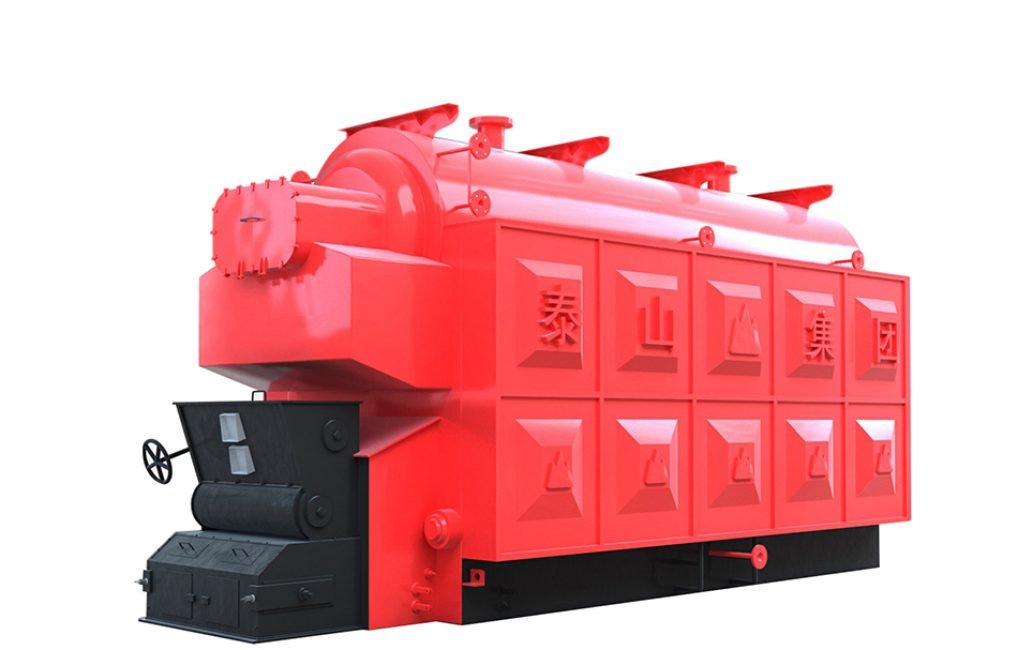
How Can Digital Monitoring Tools Improve Preventive Maintenance Scheduling and Accuracy?
Preventive maintenance is essential to keep industrial boilers running safely and efficiently—but traditional manual scheduling often leads to missed tasks, guesswork, or late interventions. That’s where digital monitoring tools come in. Today’s smart sensors and cloud-based dashboards allow you to track your boiler’s real-time condition, detect early signs of trouble, and automatically plan the right maintenance at the right time. This leads to fewer breakdowns, better safety, and longer equipment life—all while saving time and money.
Digital monitoring tools improve preventive maintenance by tracking boiler performance in real time, sending alerts for abnormal conditions, and automatically scheduling maintenance based on actual usage and wear. This ensures tasks are done accurately and only when needed—preventing over-maintenance or critical failures.
By switching from fixed schedules to data-driven maintenance, plant managers get better control, fewer surprises, and higher reliability. Let’s look at how this works in practice.
Digital monitoring tools help detect early signs of boiler failure and optimize maintenance timing.True
These tools use real-time data like temperature, pressure, and vibration to identify potential issues early and trigger timely maintenance actions.
How Digital Monitoring Tools Enhance Maintenance
| Function | Benefit to Maintenance |
|---|---|
| Real-time data tracking | Detects issues like pressure drops, temperature spikes, or low flow instantly |
| Condition-based alerts | Sends automatic warnings to technicians when values go out of range |
| Usage-based scheduling | Plans maintenance based on actual runtime or fuel usage, not guesswork |
| Remote access & reporting | Allows teams to monitor multiple boilers from anywhere |
| Predictive analytics | Forecasts part failures or wear patterns before they cause shutdowns |
| Maintenance history logging | Stores inspection and service records in one place for easy review |
Example: Instead of guessing when to inspect a burner, your monitoring system can notify you once it has operated for 1,000 hours, or when efficiency drops below 85%.
Quick Tip: Many modern boilers come with built-in smart modules. If yours doesn’t, wireless retrofit kits are available that connect to sensors and feed data to cloud dashboards.
With digital tools, maintenance becomes proactive, not reactive. This lowers the risk of unplanned downtime, improves combustion safety, and helps you comply with regulations more easily.
🔍 Conclusion
A robust preventive maintenance schedule ensures your industrial boiler operates with maximum safety, uptime, and thermal efficiency. By dividing tasks into daily, monthly, quarterly, and annual intervals—and following OEM and code requirements—you can avoid costly breakdowns, extend boiler life, and maintain operational confidence.
📞 Contact Us
💡 Need a customized maintenance plan for your specific boiler type and application? We offer boiler audits, service contracts, and predictive maintenance consulting for industrial systems.
🔹 Let us help you implement a preventive maintenance program that keeps your boiler running at peak performance. 🛠️♨️📅✅
FAQ
What is a preventive maintenance schedule for industrial boilers?
A preventive maintenance schedule outlines routine checks and servicing tasks performed at set intervals to maintain optimal boiler performance, prevent unexpected breakdowns, and ensure regulatory compliance. It includes daily, weekly, monthly, quarterly, and annual inspections based on operating hours, fuel type, and boiler size.
What should be checked daily on an industrial boiler?
Daily checks are essential to catch early signs of failure:
Inspect water levels and test low-water cutoff
Check operating pressure and temperature gauges
Observe burner flame color and operation
Monitor fuel levels and feed systems
Check for any unusual noise, vibrations, or leaks
Record readings in the boiler logbook
What weekly maintenance tasks should be performed?
Each week, carry out:
Blow down the boiler to remove sludge and sediment
Inspect and clean burner components and air intake
Test safety valves and flame safeguard systems
Check stack temperature and analyze for soot buildup
Review control settings and system pressure for stability
What monthly and quarterly inspections are needed?
Monthly/Quarterly actions include:
Inspect refractory lining and insulation
Calibrate temperature and pressure gauges
Check and clean combustion air fans and blowers
Inspect fuel lines, feedwater pumps, and valves for leaks
Perform flue gas analysis to monitor combustion efficiency
Verify proper operation of condensate return system
What annual preventive maintenance should be done on an industrial boiler?
Yearly maintenance should include:
Complete internal and external inspections of boiler tubes, drum, and firebox
Ultrasonic thickness testing of pressure parts (as required)
Inspect and test all safety devices (valves, controls, alarms)
Clean heat exchanger surfaces and burner assemblies
Overhaul burner, fans, and feedwater system
Review and update the boiler maintenance logbook and service records
References
ASME Boiler Maintenance Standards – https://www.asme.org
DOE Industrial Boiler Maintenance Guidelines – https://www.energy.gov
Boiler Safety and Inspection Checklists – OSHA – https://www.osha.gov
EPA Guide to Combustion Efficiency and Emissions – https://www.epa.gov
NFPA Boiler Inspection Requirements – https://www.nfpa.org
Boiler Refractory Inspection Techniques – https://www.researchgate.net
Industrial Boiler Maintenance Best Practices – BioEnergy Consult – https://www.bioenergyconsult.com
Combustion Efficiency Monitoring Tools – https://www.automation.com
Preventive Maintenance Strategy Templates – ISO 55000 – https://www.iso.org
Industrial Boiler Operator Logbook Guide – https://www.energystar.gov

